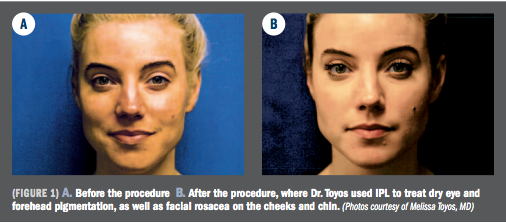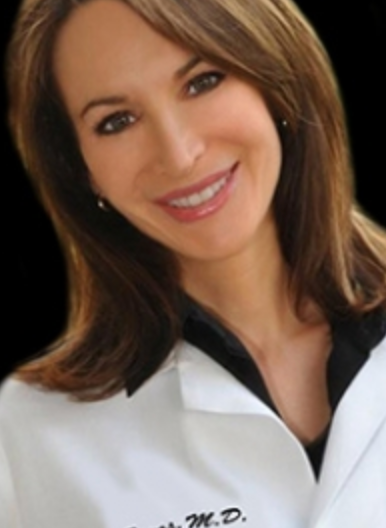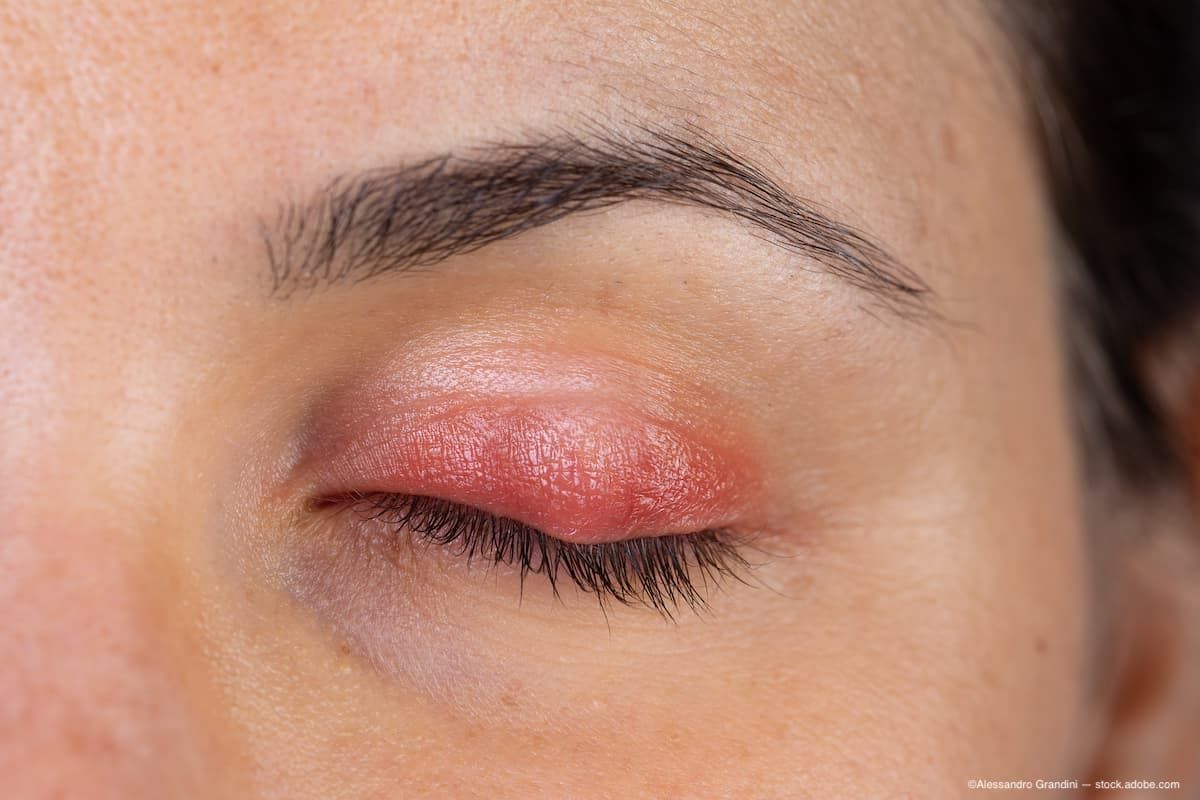Article
The crossover between ophthalmology and aesthetics
Author(s):
The market for ocular aesthetics is vast, yet very much underserved in 2018

Ophthalmologists have a great deal to offer facial aesthetics, and the addition of those patients can be very rewarding for both patients and physicians, says Melissa Toyos, MD.
Ocular aesthetics has long been considered not serious, scientific or important, compared to “real” ophthalmology. LASIK, contact lenses and presbyopic intraocular lenses serve both functional and aesthetic purposes, but services that are aesthetic alone can be dismissed.
The truth is, there is no more important feature in facial aesthetics than the eyes, and any aesthetic enhancements need to support the eyes’ healthy function.
Who but ophthalmologists have unique knowledge of the eyes, coupled with the fine motor skills to treat this delicate area that is so important to aesthetic outcomes? Ophthalmologists have been on the forefront of advancing aesthetic technologies for decades.
A husband-and-wife team of ophthalmologists first brought onabotulinumtoxinA (BOTOX Cosmetic, Allergan) to the public. The radiofrequency craze that is currently sweeping the aesthetics field was utilized in our experiments with conductive keratoplasty decades ago.
Ophthalmologists are also seeing the value of continuous wave lasers in retina and glaucoma-lasers that are only just beginning to penetrate the aesthetics field. We have a great deal to offer facial aesthetics, and the addition of those services can be very rewarding for both patients and physicians.
A natural marriage
I first noticed this natural marriage between ophthalmology 20 years ago, when patients asked me if their cataract surgery had caused wrinkles around their eyes. Of course, they just couldn’t see the wrinkles before!
As a physician who these patients already viewed with trust and respect, it made sense for me to treat wrinkles in the eye area, and eventually to offer other facial aesthetic services. The patients overlap, and so do many techniques and technologies.
For example, the same laser we use to rejuvenate the trabecular meshwork in selective laser trabeculoplasty (SLT) is used to rejuvenate the skin and cheeks (Selecta II, Lumenis; MicroPulse, Iridex).
Today my practice offers many aesthetic services, including intense pulsed light (IPL) therapy (Optima IPL, Lumenis), treatment with a fractionated CO2 laser for facial resurfacing and tightening (Slim Evolution II with MiXto Pro, Lasering), invasive and noninvasive upper and lower lid blepharoplasty, hyaluronic acid fillers (Juvederm, Allergan; Restylane, Galderma), onabotulinumtoxinA, and deoxycholic acid (KYBELLA, Allergan) for fat under the chin.
We also offer custom skin care products, and I prescribe products like bimatoprost (Latisse, Allergan) for aesthetic purposes.
Recently, I treated a patient simultaneously for clinical problems and an aesthetic complaint.
Here in Nashville, we treat many of the Tennessee Titans cheerleaders. One of them came to me with dry eye complaints, as well as forehead pigmentation from sun exposure.
After her exam, I used IPL to treat her dry eye and the forehead pigmentation, as well as facial rosacea on the cheeks and chin. IPL improved her dry eye symptoms, and it rejuvenated her skin, reduced redness, and improved her comfort.
Ophthalmologists still leading
Colleagues in the aesthetics sphere recently pointed out to me that in our selfie culture, everyone is now in the public eye. Everyone is very aware of their appearance and wants to look their best. Combine that observation with the fact that our population is aging, and you see that the market for aesthetics is vast. It’s also woefully underserved.
Although many healthcare providers are getting into the aesthetic market, some of them unfortunately do not have our knowledge or experience. Patients are eager to learn more about their health and aesthetics from knowledgeable and reputable sources, but they don’ always find them.
Whom do you trust to perform blepharoplasty on your patients or inject fillers around their eyes-an ophthalmologist or someone in another specialty? For those cataract patients of mine with the “new” wrinkles around their eyes, I trusted myself to do it, and 20 years later, I still do.
Disclosures:

Melissa Toyos, MD
P: 901/683-7255
Dr. Toyos is a consultant for Iridex; speaker and consultant for Valeant and Sun; researcher for Kala, Lumenis, Magellan, Novaliq, Opternative, and Sun; speaker, consultant and researcher for Shire, Mallinckrodt, and Mixto Lasering; and consultant and researcher for DigiSight.
Newsletter
Don’t miss out—get Ophthalmology Times updates on the latest clinical advancements and expert interviews, straight to your inbox.





